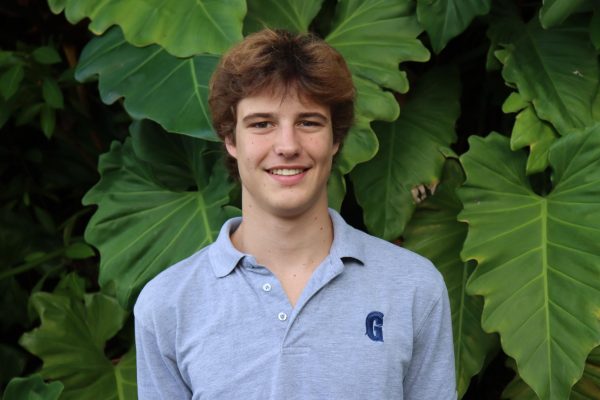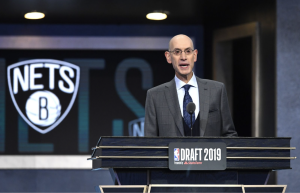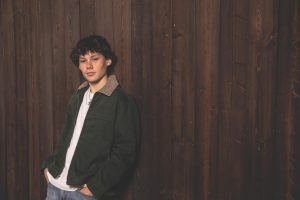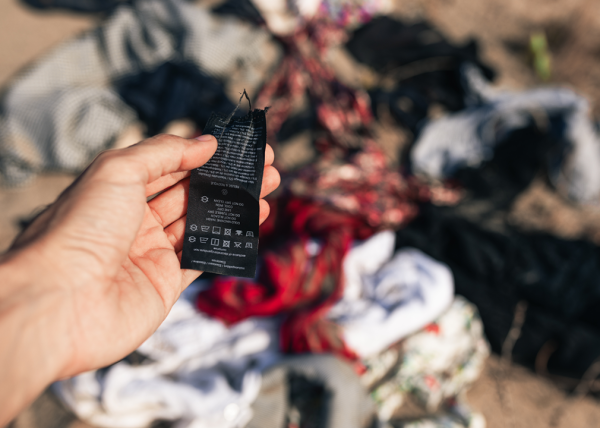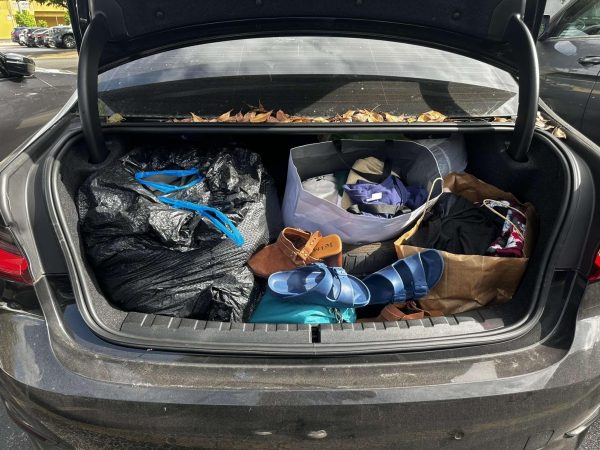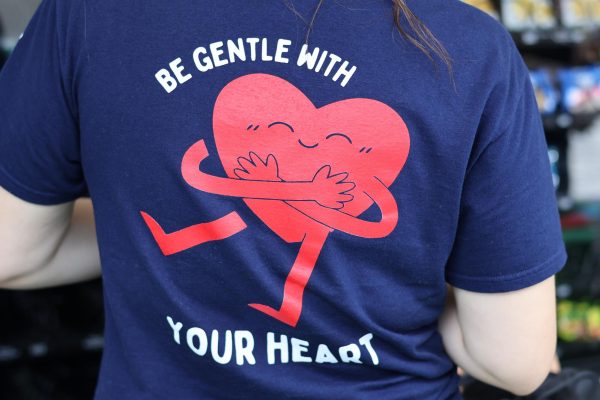My Experience at AAJA’s JCamp

ABC News Anchor Terrel Brown takes a picture with all 25 students of JCamp.
August 22, 2022
COMMENTARY
“JCamp is best seen in metrics: 25 all star young journalists, over 20 speakers, and 95 hours of rigorous journalism,” said one of my classmates Eshaan Mani.
AAJA’s JCamp is one of the best Journalism programs for high school students in the nation. This year’s edition took place at the University of Southern California (USC) in Los Angeles. Because of COVID-19, this year’s class had to be cut from 45 students to 25 students. I was selected to make part of the 2022 class, out of with over 300 applicants.
At first when I got the email saying I got in I didn’t really know if I wanted to go. I didn’t know what to expect, and I didn’t know if I would fit in, because of the high expectations the camp placed on the students. It would be my first time traveling by myself so I had mixed feelings.
Once I got there I thought to myself “what am I doing here?” But as the days went by, and I started to get to know my classmates, I realized that the camp wasn’t so bad after all. JCamp is a scholarship program, meaning that the students don’t have to pay to get in. One of the things that moved me was the fact that my closest friend at camp, Enoch Naklen, who came from Brooklyn, New York, didn’t share the same living standards that I did. Unlike me, he doesn’t have the privilege to live in a gated community. Even though we came from two completely different backgrounds, we still developed a relationship that I’m really grateful for.
JCamp had numerous speakers, such as: Los Angeles Times Executive Editor Kevin Merida and his wife and author Donna Britt, the face of Chicago, Terrel Brown, CNN’s Digital’s National Executive, Josh Freedom du Lac, Rolling Stone Magazine author, Ben Fong-Torres, and more.
One of our tasks during camp was to come up with a story when we visited Little Tokyo. Little Tokyo — one of three Japan-towns in the United States — has been a pivotal ethnic enclave in Los Angeles since the 1800s. It was the social, religious and economic epicenter for the largest concentration of Japanese Americans in the United States during the 1900s. Little Tokyo provided generations with a taste of home through comfort foods like mochi.
I decided to write a story about a small mochi business called Fugetsu-Do, and how it survived the pandemic. For 119 years, Fugetsu-Do has been a part of this strong community, and has withstood everything from internment camps to a volatile economy— only to emerge as one of Southern California’s most popular cultural districts.
Fugetsu-Do was founded in 1903 by Seichii Kito, who first came to the U.S. that same year and decided to move where other Japanese immigrants were: the East First Street district of Los Angeles. He began carrying around packets of mochi and manju, traditional Japanese sweets, and selling them to friends; ultimately, he worked at the store for 25 years.
Seichii Kito’s son Roy was born in the US and educated in Japan, but he attended Belmont High School to learn English. After his father’s passing, Roy was entrusted with the store. Then came Pearl Harbor and President Franklin D. Roosevelt’s executive order forcing all Japanese into internment camps. When he returned from the camp in Wyoming, it took Roy Kito five years to reopen the store. Today, Fugetsu-Do is led by the third generation of the Kito family, a jovial white-haired man, Brian Kito.
And then COVID-19 hit. However, because of a viral YouTube video, Fugetsu-Do attracted waves of business. Entering the pandemic however, Fugetsu-Do had an excess of food. They donated all their leftovers to others in the community, especially the elderly, who had to stay safe at home due to their vulnerability to the virus.
Kito’s shop did not face the problem of attracting dine-in customers, so when neighboring restaurants in Little Tokyo needed support, Kito was in a position to offer it. Kito, as a member of the Little Tokyo Community Council, lobbied for increased outdoor dining on his block and promoted the “L.A. al fresco” initiative, where businesses can apply to expand their dining areas into the street, sidewalk and private lots.
““I knew at that point, we were heading for trouble. If I didn’t help, they would have died,” said Kito.
The outdoor dining cost Kito parking spots in front of his shop, but he said the sacrifice was worth it to ensure his neighbors could stay in business.
In the end, he said, it turned out to be a blessing. The additional dining area made room for the growing line of customers.
“You know when you do a good deed and you get repaid somehow? I think that’s kind of what happened,” Kito said.
Click here for Eduardo’s final piece for AAJA JCamp, “Brian Kito Helps Community During Difficult Times.”

